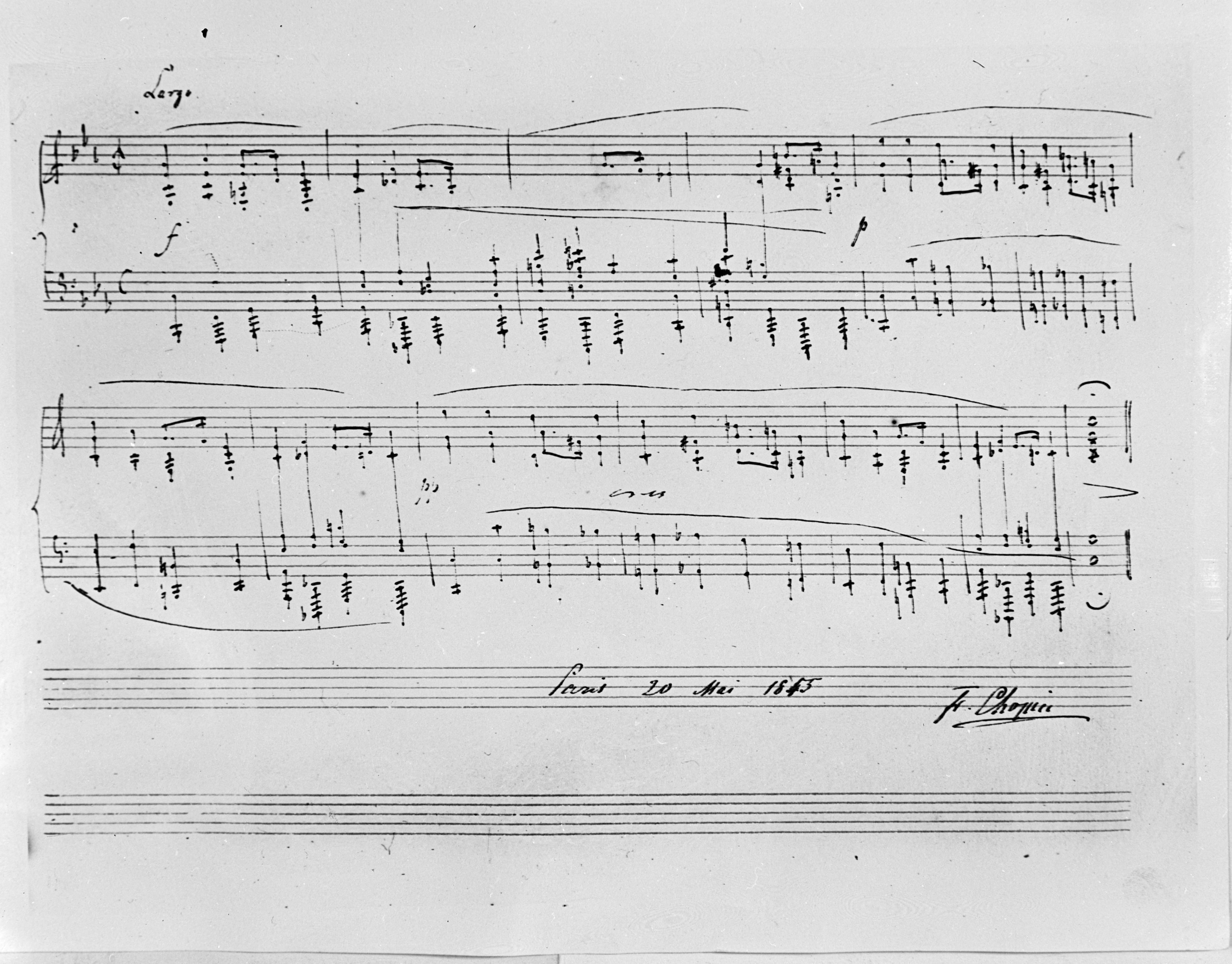



Chopin added these bars after having finished the piece in its initial version. It is mentioned by the footnote added in A next to the abridged notation of those bars as a repetition (mentioning the different dynamics) of b. 5-8 – "a note for the publisher (from the Rochechouard (sic!) Street [actually Rochechouart]): a small concession to Mr. xxx, who is often right."* The Prelude in its initial, 9-bar form was entered into the album of Count Alfred de Beauchesne (AB) on January 30, 1840, hence a year after the extended version had been written down and half a year after it had been published. However, since 5 years later Chopin wrote a full, 13-bar version of the piece in ACh, one could assume that the shape of AB could have been influenced by extra-musical factors and not by the will to return to the initial concept.
Due to the abridged notation of b. 9-12, certain editorial decisions are left to the judgment of the editors, e.g. the placement of the  mark in b. 12 or, which is less obvious, the placement of the ritenuto indication in b. 8, 12 or both.
mark in b. 12 or, which is less obvious, the placement of the ritenuto indication in b. 8, 12 or both.
* The French original – 'note pour l'éditeur (de la rue Rochechouard) | petite concession faite à Mr xxx qui a souvent raison."
The publisher from the Rochechouart Street was Camille Pleyel, who purchased the publishing rights to Op. 28, although it was implemented by the Ad. Catelin et Cie publishing house. The researchers editing contemporary editions of the Preludes have different views on the identity of "Mr. xxx," which they shared in their editorial commentaries – according to Thomas Higgins (Norton Critical Scores), as well as by Paul Badura-Skoda (Peters, No. 9900), it was musicologist and critic Henri-Joseph Blaze, called Castil-Blaze, signing himself xxx; the legitimacy of that attribution is firmly questioned by Jean-Jacques Eigeldinger (Peters, No. 7532 and the article referred to in the characterization of A), who identifies "Mr. xxx" as Camille Pleyel.
Compare the passage in the sources »
category imprint: Differences between sources; Corrections & alterations; Source & stylistic information
issues: Abbreviated notation of A, Changed phrase length
notation: Shorthand & other



